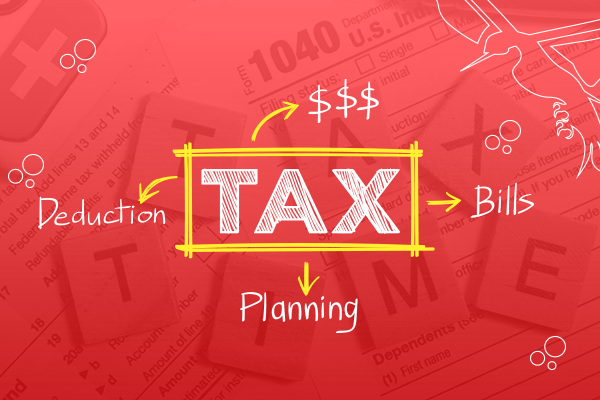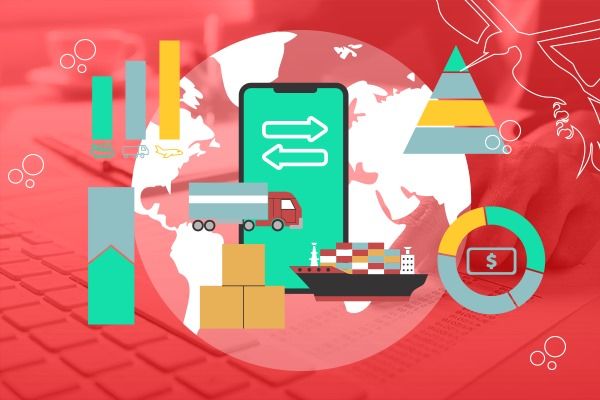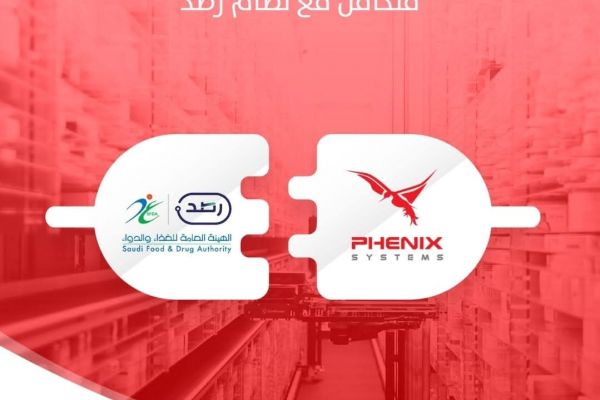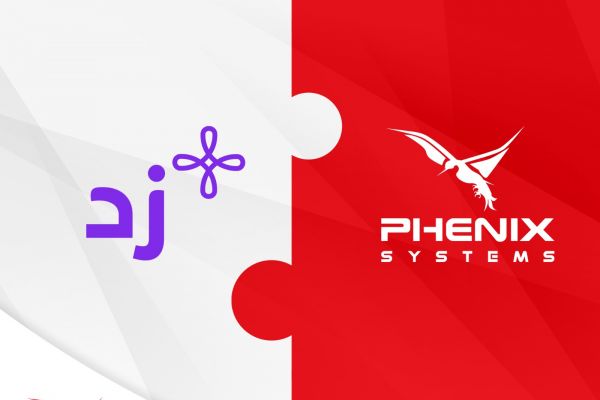Taxes are one of the most important tools of public finance used by governments to finance public expenses and achieve economic stability. Among the various types of taxes imposed by governments in different countries around the world, Value Added Tax (VAT) is one of the primary taxes adopted by many countries.
VAT is a type of tax imposed on goods and services at every stage of production, distribution, and sale. The tax is calculated based on the value added at each stage, making VAT a fair system that provides sustainable and fair sources of government funding.
What is Value Added Tax (VAT)?
It is a type of tax imposed on goods and services at each stage of production, distribution, and sale provided by companies. This tax is considered an indirect tax as it is collected from the final consumer after being added to the price of the goods or service. The rates of VAT vary from country to country, and this tax is used to generate revenue for the government and enhance the economy.
What are the key features offered by Phenix accounting software in managing Value Added Tax (VAT)?
Phenix systems offer a range of important features that help companies efficiently and accurately manage the Value Added Tax system. Here are some of the features provided by Phenix accounting software:
-
Automation:
Phenix systems provide tools for automating processes related to Value Added Tax, including generating and electronically submitting tax returns with digital signatures. This reduces the time and effort needed to manage and submit taxes
-
Automatic tax calculation:
The Phenix software automatically calculates Value Added Tax amounts when generating invoices or other financial records. Appropriate tax rates are applied to goods and services, and taxes are calculated accurately according to applicable legislation and tax laws.
-
Integration with tax systems:
Phenix systems provide easy integration approved and licensed by the government tax authority. This helps in updating the tax system and new tax legislation immediately, reducing effort and ensuring tax compliance.
-
Tax reports and settings:
Phenix systems allow for the issuance of specific reports for Value Added Tax, including tax return reports and financial reports required for submission to the tax authority. This feature enables companies to fully and accurately comply with local tax requirements, reducing the chances of tax errors.
-
Maintaining accurate tax records:
Phenix accounting software manages tax records accurately, aiding in tax viewing and auditing, reducing the likelihood of tax errors.
Creation of Value Added Tax (VAT)
The origin of Value Added Tax (VAT) can be traced back to Europe in the 20th century, where similar tax systems were implemented in Germany and France simultaneously. In 1954, France became the first country to implement Value Added Tax, which is considered one of the most important tax systems in the world. The idea of this tax and its theoretical framework were developed by the German economist Von Siemens in 1918 and quickly gained widespread acceptance by various governments.
Value Added Tax differs from traditional sales taxes in that it is imposed only on the value added to goods and services. Its collection is done gradually during the production stages, rather than being a single payment at the point of sale to the final consumer.
Currently, the Value Added Tax system is implemented in more than 130 countries around the world. Value Added Tax is considered a mechanism for achieving tax fairness and collecting the necessary revenues to finance public services and government projects.
How is Value Added Tax (VAT) calculated?
The value of Value Added Tax is calculated based on the specified percentage of the goods or services, with VAT being calculated on the added value at each stage of production and distribution. In most tax systems, VAT is calculated by multiplying the total value of the goods or services by the tax percentage.
For example, if the VAT percentage is 10% and the price of the goods is $100, then the Value Added Tax would be $10, making the total price the buyer has to pay $110. VAT is included in the total price of the goods or services paid by the consumer.
The VAT collected by companies is divided into two parts: the tax paid on the product or service that the company then transfers to the government, and the tax paid on other goods and services purchased for production that is reconciled with revenues and expenses. Effective and accurate VAT collection is important to avoid tax evasion and ensure economic stability and government financing.
What are the principles and objectives of Value Added Tax (VAT)?
Value Added Tax aims to generate revenue for the government by imposing a tax on goods and services sold in the market. Some of the key principles of VAT include:
-
Taxation on consumption:
VAT aims to tax consumption, with individuals paying the tax when purchasing goods and services. This reduces the tax burden on production and encourages savings.
-
Tax fairness:
VAT is considered a fair tax system because it is based on consumption, incentivizing high-income individuals to pay their fair share of taxes.
-
Avoidance of double taxation:
VAT aims to avoid double taxation that may occur in other tax systems, by taxing only the value added at each stage of production and distribution.
-
Economic encouragement:
By reducing the tax impact on production and directing the tax towards consumption, VAT is a way to encourage economic activity.
-
Ease of application and collection:
The VAT system is considered suitable for implementation as it allows for efficient and easy tax collection without significant complications.
What are the current developments and trends in the implementation of Value Added Tax (VAT) globally, and what is its expected future?
Recently, Value Added Tax (VAT) has witnessed important developments and trends globally, with expectations for its future. Some of these developments and trends include:
-
Expansion of VAT application:
Many countries around the world are expanding the scope of VAT application as a means to generate revenue and improve financial balance. This includes imposing tax on new goods and services that were not previously covered.
-
Increase in tax rates:
Many countries have faced an increase in VAT rates, aiming to achieve additional tax revenues to finance government policies and achieve financial balance.
-
Technology use in tax collection:
Many countries are moving towards using technology and digital solutions in collecting VAT, making tax investigation and monitoring easier and enhancing tax system integrity.
-
International coordination in VAT implementation:
The world is witnessing increasing cooperation and coordination between countries in implementing VAT, whether through signing bilateral agreements or joining international tax organizations.
Based on the above, the expected future is that VAT will continue to evolve and change in the future. This might see more mandatory implementation in countries that have not imposed it yet, and countries may move towards using technology to simplify tax compliance procedures and improve tax investigation. Additionally, international cooperation may lead to further coordination and standardization in implementing VAT globally.
Overall, the world of Value Added Tax is witnessing significant developments and important changes in tax policies globally. These trends are likely to continue in the future, emphasizing the importance of periodically examining VAT implementations and staying updated on changes in international tax systems.
In conclusion:
Relying on Value Added Tax (VAT) as a means to finance government expenses is crucial in many countries. It is considered a fair tax that distributes the tax burden equally among various segments of society, in addition to providing a stable and reliable source of income for the government.
However, imposing Value Added Tax requires good regulation and effective implementation to ensure individuals and companies are not burdened with extra costs, and to ensure that revenues are directed towards economic development and improving public services.
Therefore, Value Added Tax is seen as an effective and necessary tool for financing government spending and supporting economic growth, as long as it is well-structured to meet the needs of both the government and citizens alike.







Comments (0)